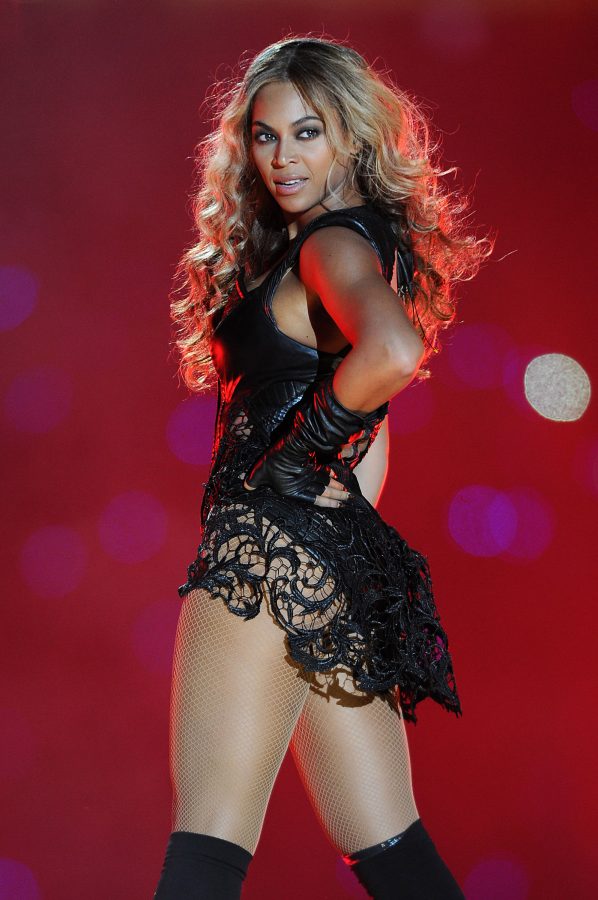When users signed onto Twitter on the night of the Super Bowl, they would not need a reminder that the Super Bowl was on. Beyonce’s flashy show, a random power outage, and game of football combined to generate a record 24.1 million posts on Twitter during the game— and that’s not including the talk surrounding the commercial ads.
The increase in social media engagement is a turning point for old and new media, which are working nicely together to enhance the user experience. That’s a vast difference from last year’s 13.7 million. This activity surpassed the Twitter activity during the November re-election of President Obama. Junior, Alice Billalta, shares her heavy involvement during the Super Bowl, “I tweeted about the score, the power outage, Beyonce’s performance and my opinion on the commercials.”
While the cost of 30 seconds of commercial airtime during the big game hit a record breaking $4 million per commercial, savvy social media marketers were able to score some brownie points by using social media’s viral effect with some well-timed witty tweets commenting on the game, or rather the lack of game during the 34 minute blackout that occurred shortly after the beginning of the second half.
Audi tweeted: “Sending some LEDs to the @ MBUSA Superdome right now…” while Tide tweeted, “We can’t get your #blackout, but we can get your stains out…” earning them a couple thousand retweets. However, the winner of witty tweets goes to Oreo. When the power outage at the Superdome occurred, Oreo’s social media team jumped on the cultural moment, tweeting an ad that read “Power Out? No problem” with a lit up image of one Oreo and the caption reading, “You can still dunk in the dark.” The message caught on almost immediately, getting nearly 16,000 retweets and more than 20,000 likes on Facebook.
Tweeters wondered how they were able to market so quickly. As many other companies did, they had a multi person social media team ready to respond to whatever happened during the Super Bowl, whether it was an astounding play or half the lights shutting off. So not only did they have a regular commercial run during the first quarter, they also had a full team with copywriters, a strategist, and artists ready to react to any situation in ten minutes or less.
There were some companies that thought of other ways to bring attention to their brand using the social network. Bud Light and Speed Stick tweeted hash tagging or using the words “power outage,” so people who searched for that phrase saw their tweets.
In a society where advertisers are spending nearly $4 million to run an advertisement during the Big Game, having a brand respond in real time on social media is a clever way to reach people on smartphones and computers. A survey found that about 36 percent of Super Bowl viewers would be consulting a second screen. Marketing teams look ahead to the future of advertising; the power of social media and social networks has become more apparent with the rise in use with this Super Bowl. Commercials are given a much longer lifespan, released as much as a few weeks before the actual air date and they are viewed repeatedly on social networks after, such as the newly popular Samsung commercial featuring Paul Rudd, Seth Rogen, and LeBron James.
When a brand connects with viewers on an emotional level, opening up conversation, that emotion can now be leveraged more effectively than ever before. Coca-Cola tried to build excitement around their Coke Chase social game; however those commercials did not seem to make as much of an impact on game day as one might have expected. The increase of social media integration with large events and advertisements in general will call for creativity that will soon weed out those businesses that fail to adapt.

